Future-Proof Your Marketing: How to Thrive with First-Party Data & AI Innovation

Successful people know that thriving during times of change means not dwelling on the past but embracing the future. This wisdom rings especially true today, given all that we’re seeing in the world of advertising and marketing.
Radical changes in digital media like the depreciation of third-party cookies, the prominence of GenAI, and the increasing importance of first party data management are all shifting the ground. To navigate these changes, here are three things to keep in mind.
No. 1. Move to First-Party Data for Next-Level Success
First-party data is more accurate and relevant than third-party data because it’s collected directly from your customers through interactions with your brand. However, to derive value from it, you must use it effectively – for instance, to enhance customer experience, boost engagement, tailor or optimize marketing efforts and drive sales.
And to do this, you need a solution to unify it – one that combines data from multiple touchpoints (online and offline), de-duplicates and cleanses it – to create a comprehensive customer view. This is an essential first step if you want relevant ad and marketing campaigns.
Once you have a unified data foundation, you can fully take advantage of privacy first identifiers, like UID 2.0, for direct activation on ad platforms. These post-cookie solutions are created, maintained, and utilized in a secure, efficient, and privacy-respecting manner, providing a better alternative to third-party cookies When used effectively, it offers advertisers greater personalization, targeting, and measurement across the open-web.
No 2. Ditch Data Onboarders—Instead Optimize Data Through Direct Activation
Data onboarding involves relying on third-party data or device IDs to supplement first-party sources. While this may seem like a quick way to expand your dataset, it comes with several drawbacks.
The mixing of third-party data with your data collected directly by the brand can distort the accuracy of the information, leading to inconsistencies and diminished value on advertising spend. Moreover, the onboarding process itself can be time-consuming, often requiring up to two weeks for the data to be fully integrated into ad platforms. This delay can hinder your ability to make timely decisions and optimize your campaigns effectively.
Direct activation on the other hand provides a streamlined and secure approach to customer data management. By keeping your data in-house and activating it directly, you maintain control over its quality and confidentiality. This ensures that you have the most accurate and up-to-date customer profiles at your disposal.
Direct activation not only expedites the process of consumer engagement but allows for real-time optimization and decision-making. With direct access to your data, you can quickly adapt your marketing strategies and ad campaigns based on the latest insights, giving you a competitive edge in the fast-paced digital landscape.
No. 3. Use AI for Predictive Modeling & Measurement
AI can significantly enhance paid media strategies in two critical areas: predictive modeling and measurement.
By employing AI-driven predictive modeling, you can more easily and accurately identify high-value customers to use as seed data for look-alike models. This approach is instrumental in optimizing customer acquisition and enhancing return on ad spend.
Beyond predictive capabilities, AI also plays a crucial role in measuring and optimizing campaign effectiveness. It offers deep insights into campaign performance by analyzing extensive datasets, allowing for a comprehensive understanding of what strategies work best.
And with the introduction of Natural Language Processing (NLP), the analysis and interpretation of data is significantly more accessible. NLP allows marketers to use natural language commands for complex queries, eliminating the need for specialized knowledge in SQL or reliance on data analysts. For example, AI tools enable marketers to easily discover things like, “which campaign had the highest Facebook engagement?” or “which paid channel initiatives offered the best ROAS?”
Finally, NLP enhances audience targeting for paid media campaigns by enabling the visual representation of complex data. This dual capability of NLP not only refines targeting strategies but also simplifies data exploration, providing marketers with actionable insights at their fingertips.
How to Thrive in the New Era of Paid Media
In the rapidly evolving world of advertising and marketing, embracing change is crucial for success. To navigate the shifting landscape, marketers should focus on leveraging first-party data effectively, opting for direct activation of data instead of relying on data onboarders, and tapping into the power of AI for predictive modeling, campaign measurement, and audience targeting. By adopting these strategies, marketers can ensure data accuracy and make faster decisions to achieve significantly improved paid media outcomes.
About Peter Ibarra
Peter Ibarra is the Head of AdTech Solutions for Amperity, a customer data platform company that uses AI to deliver a comprehensive and actionable Customer 360. In this role, Peter leads Amperity’s product strategy across digital media, Retail Media Networks, second-party data collaboration, adtech partnerships, and post-cookie first-party activation. Prior to joining Amperity, Peter served as the Director of Strategic Initiatives at Dstillery, where he oversaw the development of strategic partnerships and managed new data and marketplace integrations for Dstillery’s audience products. Additionally, he led the organization’s internal Alignment & Innovation committee and oversaw the development, implementation, and promotion of Dstillery’s Mission Statement and Principles + Values.





